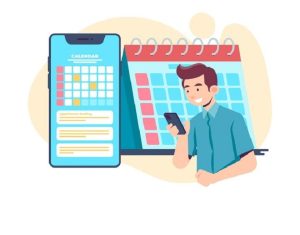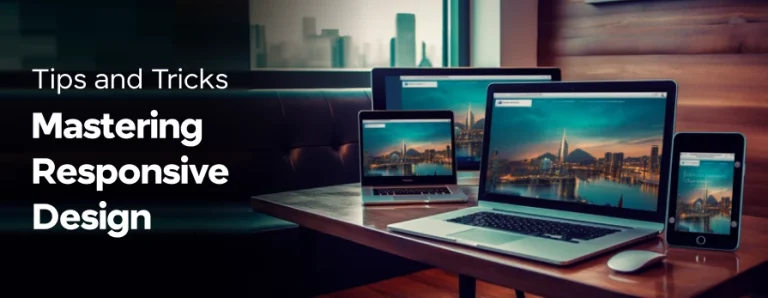In today’s digital age, ensuring your website is accessible and visually appealing across all devices is essential. Responsive Web Design (RWD) addresses this need by making web pages render well on various devices and window sizes. This article delves into the intricacies of customizing RWD to enhance user experience and meet specific design goals.
Understanding the Basics of Responsive Web Design
Responsive Web Design (RWD) is a web development approach that creates dynamic changes to the appearance of a website, depending on the screen size and orientation of the device being used. This is achieved through a mix of flexible grids and layouts, images, and an intelligent use of CSS media queries.
The Importance of Customize RWD Web Design
Customizing RWD web design goes beyond the standard implementation to meet unique business needs and design preferences. Customization can improve load times, user engagement, and overall satisfaction by ensuring that the design is tailored to the specific behaviors and preferences of the target audience.
Expert Tips for Customizing Responsive Web Design
- Utilize Flexible Grid Layouts
A flexible grid layout is the foundation of any responsive design. It allows your design to adjust and fit the screen size of any device. Using relative units like percentages instead of fixed units like pixels ensures that your grid can adapt to various screen sizes seamlessly.
- Implement CSS Media Queries Effectively
CSS media queries enable you to apply different styles for different devices. By setting specific breakpoints, you can ensure that your website adapts to different screen sizes. Start with a mobile-first approach, where you design for the smallest screen first and then progressively enhance the design for larger screens.
- Optimize Images for Different Devices
Images are a significant part of web design, but they can also slow down your site if not handled properly. Use responsive images that adjust to different screen sizes using the
srcsetattribute in HTML. Additionally, compress and use modern image formats like WebP to improve load times. - Enhance Navigation for Touch Screens
With the rise of mobile device usage, ensuring your website’s navigation is touch-friendly is crucial. Implement large, easy-to-tap buttons and ensure that menus are accessible and intuitive on smaller screens.
- Prioritize Content for Mobile Users
Mobile users often have different needs than desktop users. Customize your RWD web design by prioritizing the most critical content for mobile users. Use techniques like collapsible menus and accordions to keep content organized and accessible without overwhelming the user.
- Leverage Frameworks and Libraries
Frameworks like Bootstrap and Foundation offer pre-built responsive components that can save you time and ensure consistency across your website. However, customize these frameworks to avoid a generic look and ensure they align with your brand’s aesthetics.
- Test Across Multiple Devices
Testing is a critical step in mastering responsive web design. Use tools like BrowserStack or real devices to test your website on various screen sizes and orientations. Ensure that all interactive elements work as intended and that the site looks good across all platforms.
- Utilize Advanced CSS Techniques
Advanced CSS techniques such as Flexbox and CSS Grid can provide more control over your layout. These techniques allow for more complex and flexible designs that adapt seamlessly to different screen sizes.
Future Trends in Responsive Web Design
As technology evolves, so does the approach to responsive web design. Emerging trends include:
- Variable Fonts: Allow more flexibility in typography, reducing the need for multiple font files.
- CSS Grid Layouts: Provide more control and precision in layout design.
- Dark Mode Compatibility: Ensures that your design looks good in both light and dark modes.
- Progressive Web Apps (PWAs): Offer a seamless experience across devices, acting like a native app on mobile devices.
Conclusion
Mastering responsive web design is an ongoing process that requires staying up-to-date with the latest trends and techniques. By focusing on customization, you can create a unique, user-friendly website that stands out from the competition. Remember to utilize flexible grids, effective media queries, optimized images, and thorough testing to achieve the best results. Customize RWD web design to meet your specific needs and enhance your user’s experience, ensuring your website is both functional and aesthetically pleasing on any device.






